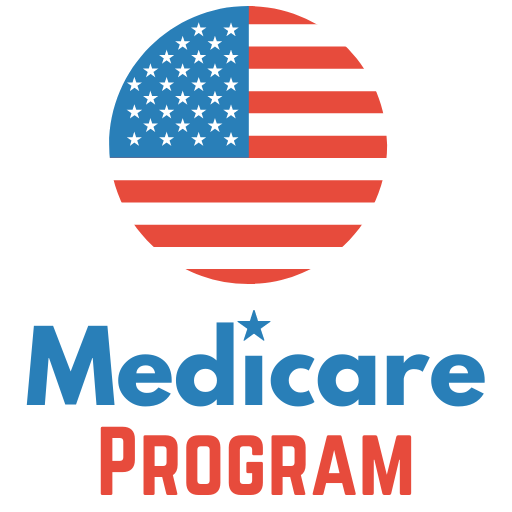
Medicare Part A is not (totally) free. Here’s how much it costs
Whether you’re a W-2 employee or self-employed, you pay Social Security and Medicare with every paycheck. For W-2 employees, 6.2% of your salary, up to a $ 147,000 limit in 2022, goes to Social Security, while 1.45% goes to Medicare. Your employer is taxed at the same rates.
If you are self-employed, you are the employer and the employee, so you pay double the taxes. That’s 12.4% for Social Security (up to the same limit) and 2.9% for Medicare (no limit) for a combined payroll tax rate of 15.3%.
After a lifetime of hard work, you get that money back in the form of monthly Social Security payments that start at age 62 and Medicare benefits that start at age 65. While you may have heard that Medicare Part A is free, this is only partly true. While the premium is free, this part of Medicare still charges deductibles and coinsurance, all of which are out-of-pocket costs that you will have to pay for yourself.
Contents
For most retirees, the Medicare Part A premium is free, which is why it is often called “Part A without a premium.” This part of Medicare offers hospital insurance, which covers medical services such as inpatient care, nursing home care, specialty nursing care, inpatient care, and inpatient care. home medicine. Part A also covers surgery, laboratory testing, and other procedures associated with these health services.
To get Medicare Part A for free, you must have 40 work credits, equivalent to 40 quarters or 10 years of work in which your income was subject to payroll taxes. If you have worked for less than 10 years, you will have to pay Part A. Spouses who do not work can also get Part A at no additional cost if their spouse meets the employment history requirement.
Your exact premium will depend on the length of time worked. If you worked between 30 and 39 quarters, you will pay $ 274 a month in 2022. If you worked less than 30 quarters, you will pay the full premium of $ 499 a month.
The deductible of part A
However, even if you meet the requirements for Medicare Part A without a premium, remember that you will still be responsible for cost-sharing charges, including deductibles and coinsurance.
For starters, everyone enrolled in Medicare Part A is subject to a $ 1,556 deductible in 2022. This is the amount you have to pay out of pocket for each benefit period before coverage begins. of Medicare, and must be paid in addition to what you pay in premiums, if any.
A Medicare benefit period is defined as the time that elapses between the day you are admitted to a hospital or nursing home and the day you are discharged. A new benefit period begins if you have not received hospital or nursing care for 60 consecutive days.
It is important to note that, unlike deductibles covered by private, market, or employer-sponsored insurance plans to which you are accustomed, the Medicare Part A deductible is not an annual deductible. Instead, you will have to pay the deductible for each new benefit period, which can be several in a single year.
Part A co – insurance costs
After you meet your deductible, you will have a daily amount of co-insurance during each benefit period. From days 1 to 60 of each benefit period, you will owe $ 0. Between days 61 and 90, you will owe $ 389 a day, and after day 91, you will owe $ 778 a day.
Every day beyond the 90th in a benefit period will become a “lifetime reserve day,” of which you have 60 throughout your life. If you run out of lifetime booking days, Medicare will no longer cover your costs and you will be pending all bills after the 90th day of this benefit period.
Guarantee your medical care during retirement
Medicare Part A deductibles and co-insurance costs can easily add up to thousands of dollars a year. If you experience a long hospital stay, your out-of-pocket costs can reach tens of thousands of dollars. In general, expect to spend about $ 1,000 a month on out-of-pocket health care costs at age 65 and about $ 3,000 a month at age 85.
Fortunately, you can plan and budget these expenses. For example, if you had a high deductible health plan (HDHP) and contributed to a health savings account (HSA) during your work years, you could use these funds to help offset some of your health costs during your retirement.
If your employer offers retirement insurance, you will have access to a second health insurance policy that can help you cover more of your out-of-pocket expenses. Similarly, if you delay retirement or work part-time after retirement, you can opt for benefits such as an employer-sponsored health plan, which can help you cover some of your costs.
Of course, you can also buy insurance to help you supplement Medicare coverage on your own. Companies offers plans that can be combined with Medicare to provide more comprehensive health coverage.
Knowing well how much you can expect to spend on health care is an important first step toward health and wellness, both physically and financially.

Comments are closed.